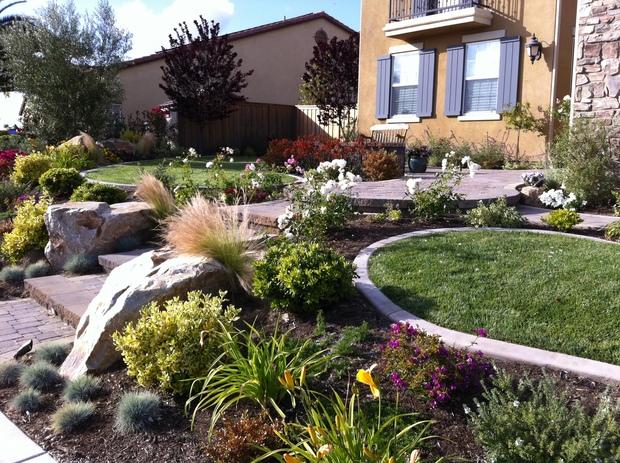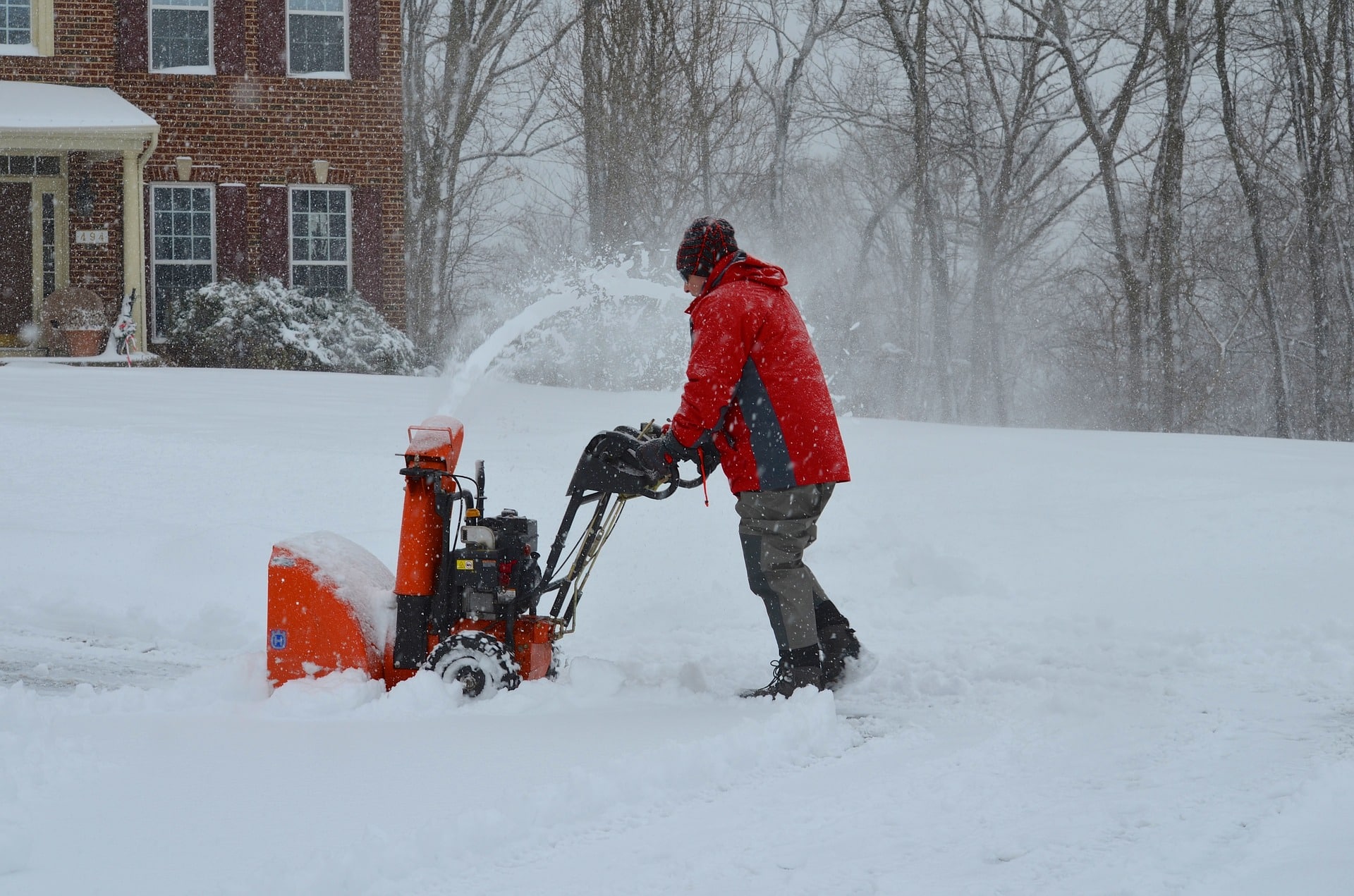When offering services for residential snow plowing near me, your crew may face new application problems and varying weather conditions, which can significantly influence their ability to accomplish snow removal jobs. Residential snow plowing has its own set of laws and requirements to follow to guarantee that your drivers perform an excellent job while also keeping themselves and your cars safe.
Table of Contents
Prepare For Difficult Driveway And Lot Combinations
Driveways made of gravel or other soil and stone mixtures are prevalent in rural homes or business sites. This sort of loose stone can be challenging to plow since it is difficult to determine how firmly packed the stone or gravel is and where the boundary between the gravel and grass is.
To overcome these challenges, make sure you have a plow equipped with skid shoes. These plow attachments allow you to adjust the scraping height of the plow blade’s cutting edge. Set the scrapping size for gravel driveways or lots to about one inch higher above the surface. This gap prevents the blade from digging in too deeply and tearing up grass or driving many pebbles into the ground.
Use The Proper Vehicle
Often in rural locations, the work involves challenging spots where your vehicle and plow might quickly become trapped. In these cases, a long-lasting, high-performance plow coupled to a tractor or all-terrain vehicle is required. It is possible to use the characteristics of a commercial-grade plow on compact off-road vehicles.
Prepare In Advance Of The Storm
Before the season begins, examine the entire area for potential dangers such as snow-covered holes, fire hydrants, low landscaping, medians, speed bumps, and other obstructions.
The answer to overcoming the issue of wind and large open expanses is to plow with the storm. Because of fields or larger properties, it is usual to find more open space in rural regions. In the absence of numerous structures to shield the wind, gusts of any size can make keeping up with the snowfall difficult for even the largest fleets. When there is a storm, these regions demand extra care and regular upkeep. As a preventative step, using sand or other de-icing products can reduce troublesome spots, keeping them from getting too slippery until your staff can clean them.
Preparedness for Communication
The fact that fewer people are present at any given moment contributes to servicing rural regions. This lack of activity may imply that a driver who encounters a stalled car, a medical emergency, or any unforeseen occurrence may not have any quick resources to assist them with their situation. Ensure that your drivers are prepared and have the appropriate communication procedures and equipment to get assistance when required. Creating a buddy system within your fleet helps reduce the likelihood of driver emergencies owing to a lack of communication or attentiveness.
Determine the Optimum time to Plow

If you are a contractor of residential snow removal services with multiple residential customers, it is ideal for plowing during off-hours, such as early in the morning before the neighborhood rush hour or late in the afternoon if the snow is consistent during the day. Plowing early in the morning allows your clients’ cars to be freed up so they can travel to work or do errands. This increases the value of your snow removal services. It will also improve your service reputation.
Prioritize your Clients
Of course, if you serve numerous accounts as residential lawn care and snow removal contractor, you must prioritize clients depending on both the quickest way to do various tasks and the demands of your customer base. Check with your clients ahead of time to discover their transportation needs and make your decisions appropriately.
Find the Right Place to Plow
When deciding where to pile snow, use common sense. Snow should never be piled on someone else’s premises, public streets, or walkways. Talk to your local municipality to make sure that moving snow over the road to a tree lawn on the other side is permitted. Never dump snow in places where it might block traffic or someone’s view of traffic. Avoid stacking snow near mailboxes, fire hydrants, or electricity boxes at any cost. While piling snow near a drain is a good idea, never block a drain with heaped snow. Ensure that when it melts, it will drain and not harm property.
Provide Yourself Ample Space to Accumulate Snow for Future use
Pull the snow backward until you’ve discovered a suitable location for piling it up. Note that you may have to shovel once, twice, or even three times before the first snow pile melts, so leave an extra area to pile snow for future occurrences.
The same fundamental principles apply to a homeowner or a snow removal firm that also offers xeriscape landscaping services with many residential clients. If you plan ahead of time for snow removal, you will prevent issues when the snowfalls



